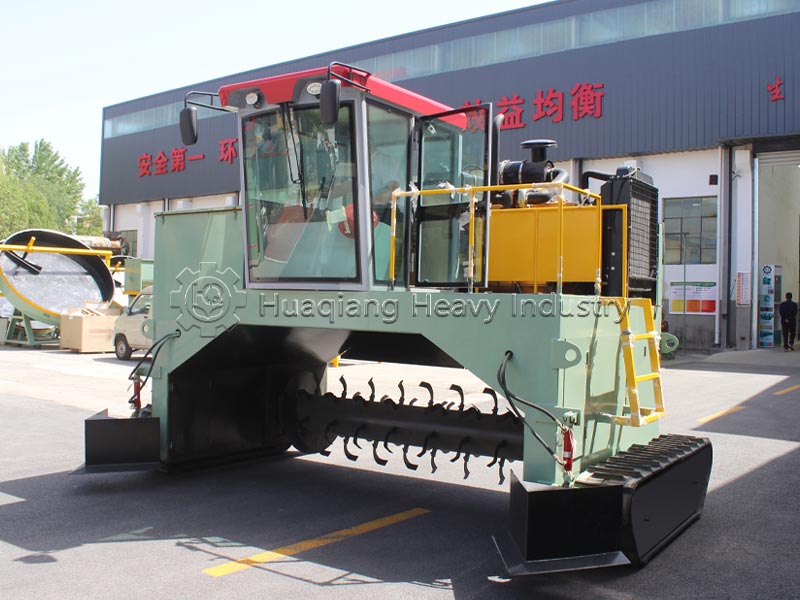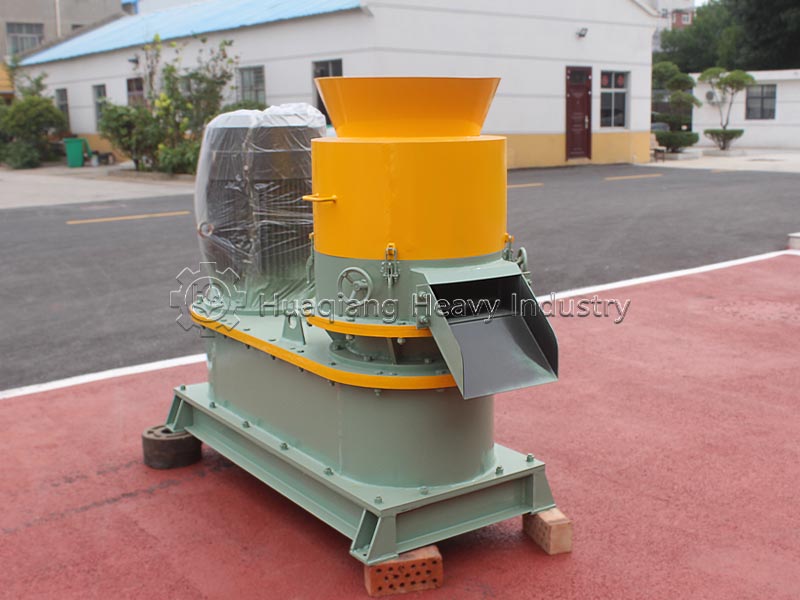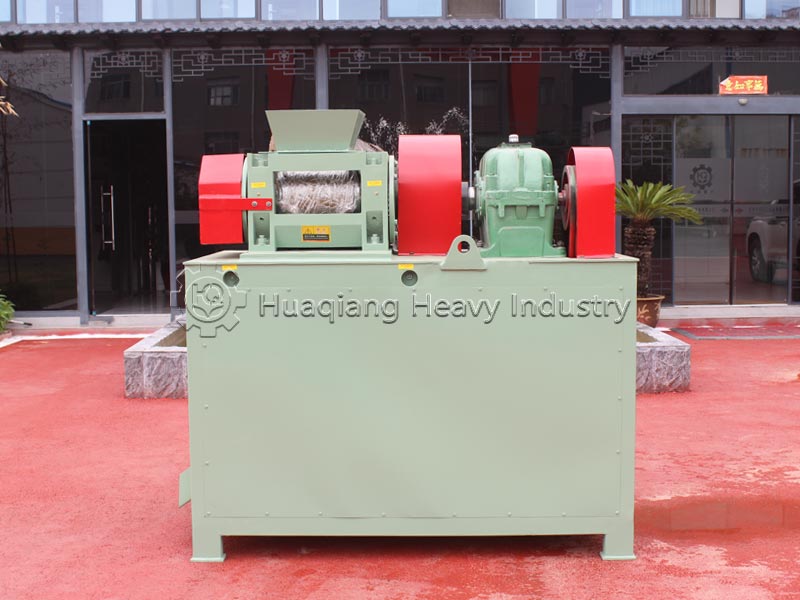Chicken manure, a major waste product in the poultry industry, can cause pollution if left untreated. However, by using specialized chicken manure organic fertilizer machine to build an organic fertilizer production line, it can be efficiently converted into high-quality organic fertilizer, solving environmental problems and creating agricultural value.
Chicken manure has a high water content and is prone to clumping, making the fermentation process the first hurdle in its resource utilization. The crawler-type compost turner, with its strong adaptability, becomes the core equipment in this process. It can operate directly in the fermentation tank, easily adapting to different sites through its crawler-type movement. It offers deep and wide turning capabilities, thoroughly mixing the chicken manure with auxiliary materials such as straw and fermentation agents, while introducing sufficient oxygen. This keeps the fermentation pile temperature stable at 55-65℃, quickly killing pathogens and insect eggs, and completing the composting process in 20-30 days, significantly improving fermentation efficiency.

The composted chicken manure material needs to be processed into a finished product to become commercial organic fertilizer, which requires the organic fertilizer granulator. In the production line composed of chicken manure organic fertilizer machine, the treated composted material is rolled into uniform, high-strength spherical granules through the synergistic action of mechanical force and an appropriate amount of binder. After subsequent drying and cooling, qualified chicken manure organic fertilizer is obtained.
From fermentation to granulation, the organic fertilizer production line, built with the collaborative efforts of windrow compost turners, organic fertilizer granulators, and other chicken manure organic fertilizer machine, achieves full automation of the chicken manure treatment process. This not only reduces labor costs but also increases the resource utilization rate of chicken manure to over 90%. The resulting organic fertilizer is rich in nutrients such as nitrogen, phosphorus, and potassium, improving soil fertility.











